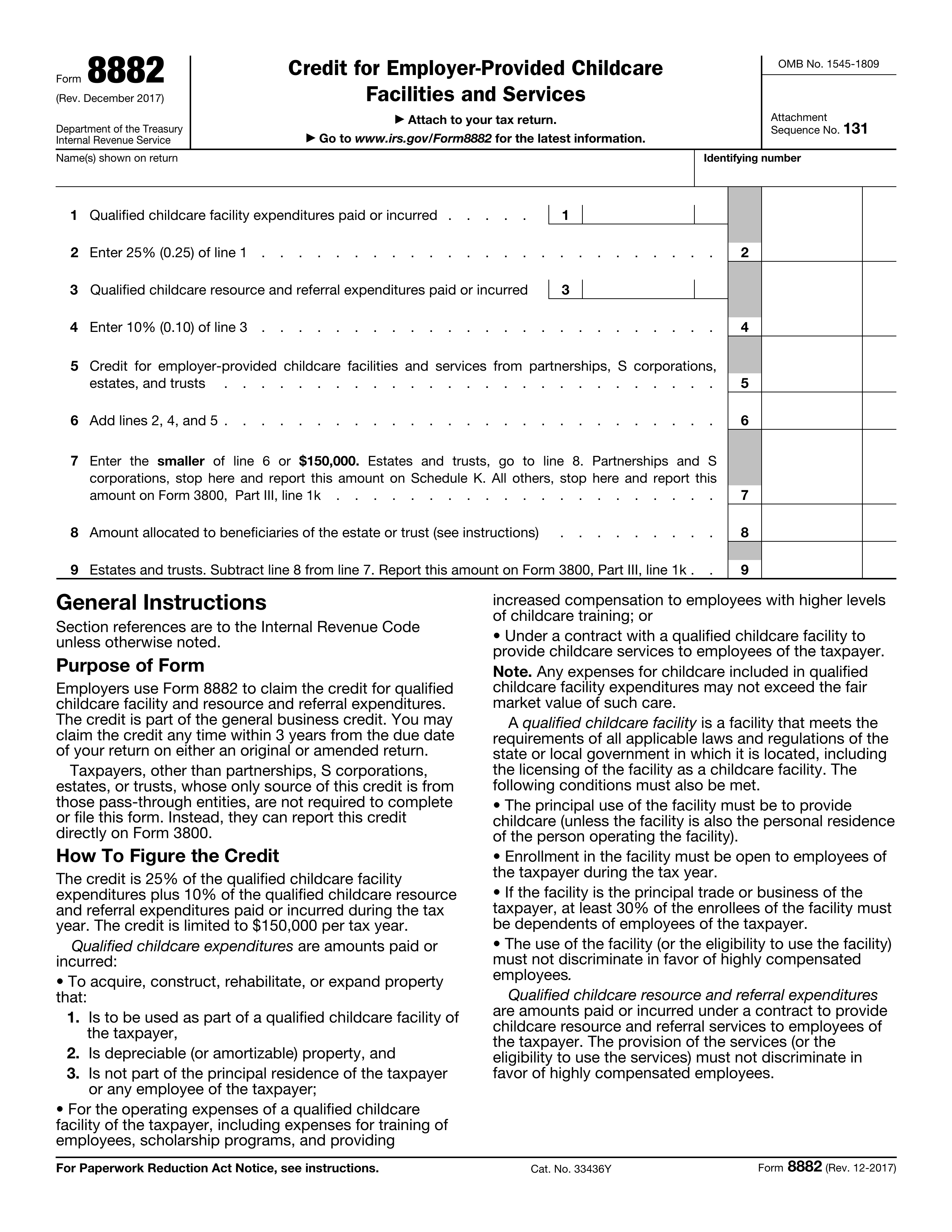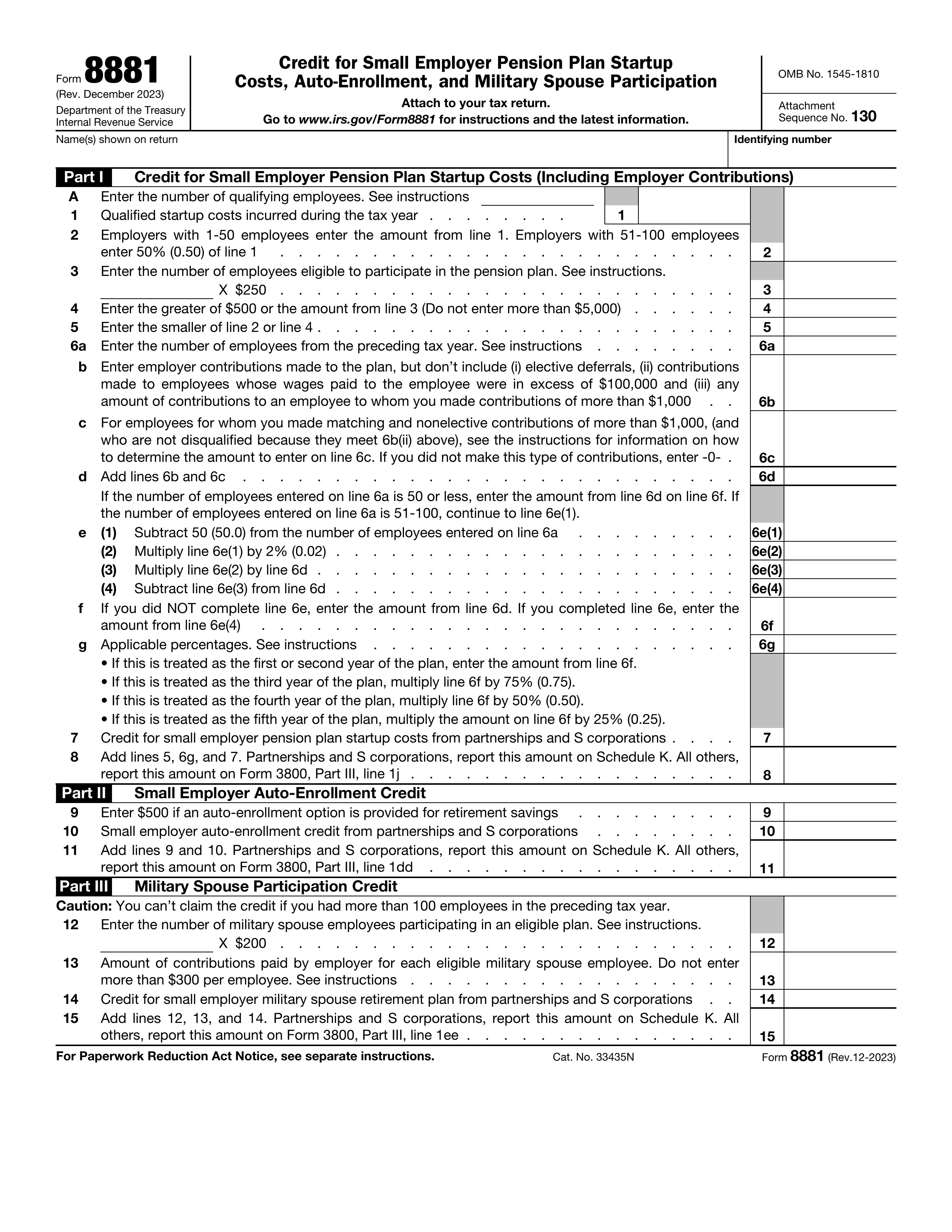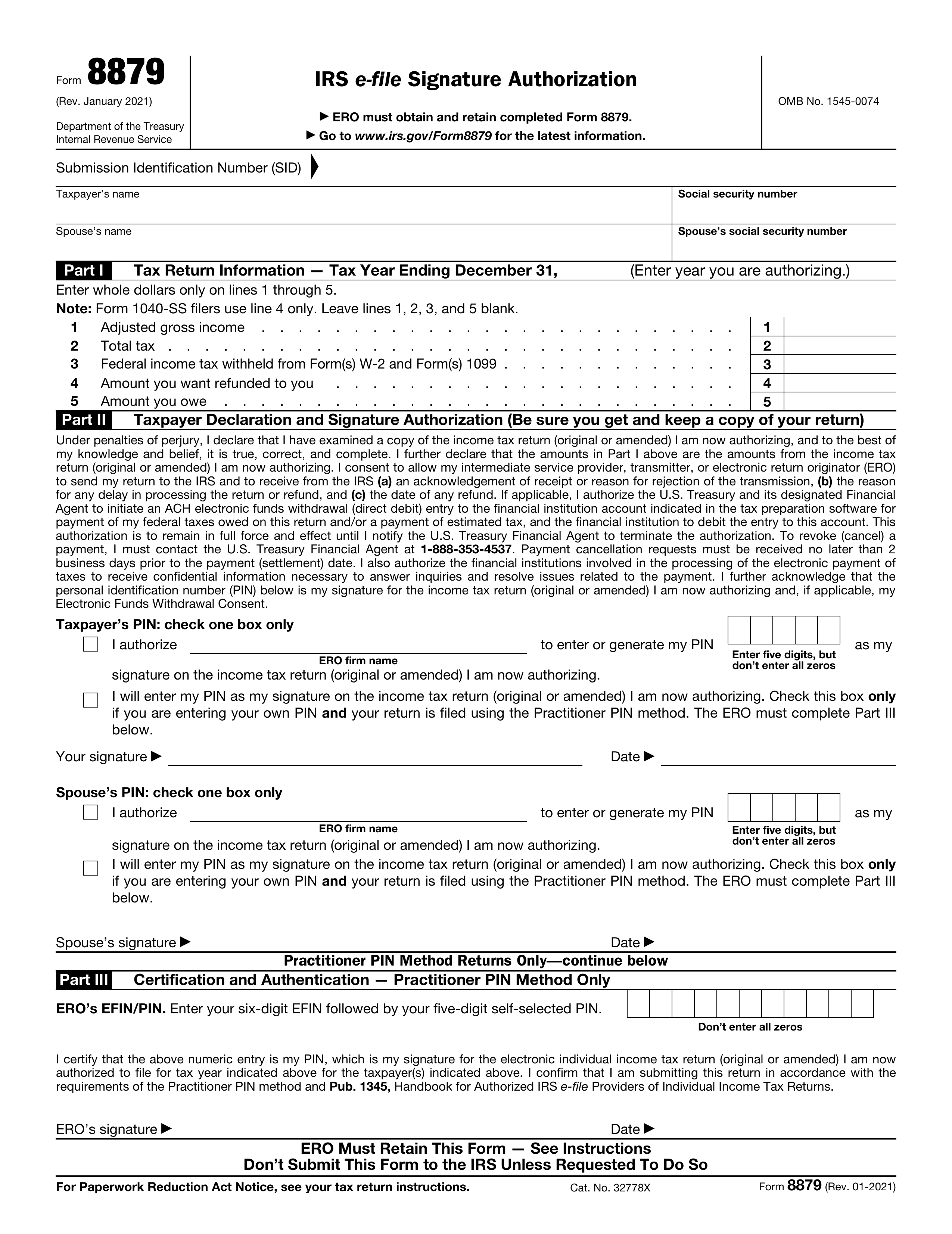What is Form 8886?
Form 8886, the Reportable Transaction Disclosure Statement, is a document that taxpayers must file with the IRS to disclose specific transactions that could potentially allow them to avoid or evade taxes. These transactions, referred to as "reportable transactions," are monitored to promote transparency and ensure compliance with tax laws. By submitting this form, taxpayers demonstrate that they are not attempting to conceal their activities, which helps the IRS track and deter abusive tax shelter schemes. Filing Form 8886 is a critical step in maintaining tax integrity.
What is Form 8886 used for?
Form 8886 is an important document for taxpayers. Here’s what it’s used for:
- Disclosure of Reportable Transactions: It informs the IRS about transactions that might help avoid or evade taxes.
- Promoting Transparency: It ensures compliance with tax laws and prevents abusive tax schemes.
- Monitoring Transactions: It identifies all parties involved in the transaction and their potential tax benefits.
- Preventing Tax Avoidance: It helps prevent taxpayers from evading taxes through complex transactions.
How to fill out Form 8886?
- 1
Identify the type of transaction: Is it listed, confidential, contractual protection, loss, or of interest?
- 2
Describe the expected tax treatment: Outline the anticipated tax benefits from the transaction.
- 3
Detail the transaction structure: Provide comprehensive information for IRS clarity regarding the tax structure and involved parties.
- 4
Attach Form 8886: Ensure it is included with your tax return.
- 5
Send a copy to the IRS Office of Tax Shelter Analysis (OTSA) with your disclosure statement.
Who is required to fill out Form 8886?
Taxpayers, including individuals, partnerships, trusts, estates, and S corporations, must complete Form 8886 if they participated in a reportable transaction and are required to file an income tax return.
After filling out Form 8886, taxpayers attach it to their tax return and send a copy to the Office of Tax Shelter Analysis to promote transparency and ensure compliance.
When is Form 8886 not required?
Form 8886 is not required for individuals or entities that do not engage in reportable transactions. If your transactions do not exceed $5,000 for individuals or $10,000 for others, you may not need to file. Additionally, transactions with contractual protection and confidential transactions qualify for specific exemptions. Always verify your situation to ensure compliance.
When is Form 8886 due?
Form 8886 must be filed with your tax return (e.g., Form 1040, Form 1120) and by the original due date of that return, including extensions. If the transaction is identified as a listed transaction or a transaction of interest (TOI) after filing, a disclosure must be submitted within 90 days for transactions entered into after August 2, 2007, or with the next filed tax return for those entered before August 3, 2007.
How to get a blank Form 8886?
To get a blank Form 8886, simply visit our platform. The Internal Revenue Service (IRS) issues this form, and we have a blank version pre-loaded in our editor for you to fill out. Remember, our website helps with filling and downloading but not filing forms.
How to sign Form 8886?
To sign Form 8886, you can create an electronic signature for forms submitted online, like through IRS.gov. For paper submissions, a handwritten signature is necessary. Always check for the latest updates and specific guidelines as outlined in IRM 10.10.1. After using PDF Guru to fill out the form, download it for your records, and complete the signature process as required, since PDF Guru does not support submission.
Where to file Form 8886?
To submit Form 8886, you can file electronically using IRS e-filing options or by contacting an authorized e-file provider.
If filing by mail, attach the completed form to your income tax return. For first-time filers, send a copy to the Office of Tax Shelter Analysis (OTSA).




